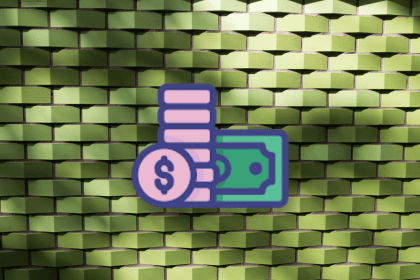
Learn when and how to use toast notifications in UX—plus best practices, use cases, pitfalls, and accessibility tips.

Competitive analysis isn’t about copying competitors. It’s about understanding user needs, learning from industry trends, and creating standout designs. Let’s explore how.

Product designers bridge the gap between user needs, business goals, and technological possibilities. Let’s take a deeper look at the role.

Idea sketching is a useful skill that helps designers develop a deeper understanding of user needs and behaviors.

Price skimming is a strategic approach to pricing where you set a premium price at launch and gradually decrease it over time.

Continuous learning is critical in UX design, and the Interaction Design Foundation could be a major help in honing your skills.

By mastering cross-selling techniques you can build long-term customer relationships and increase your customer lifetime value (CLV).

A happy customer is an enthusiastic advocate for your brand, a loyal repeat customer, and a source of positive word-of-mouth.

We discuss common bottlenecks in UX research, examines the role of AI, and explores the best AI tools to improve UX research.

Tracking metrics like user retention provides a way to measure the impact of your work on the growth and success of digital products.

Analyzing a similarity matrix can help you identify patterns that tend to be grouped together by participants in card sorting.

A customer feedback tool is a software solution or platform designed to collect, analyze, and manage feedback from customers.